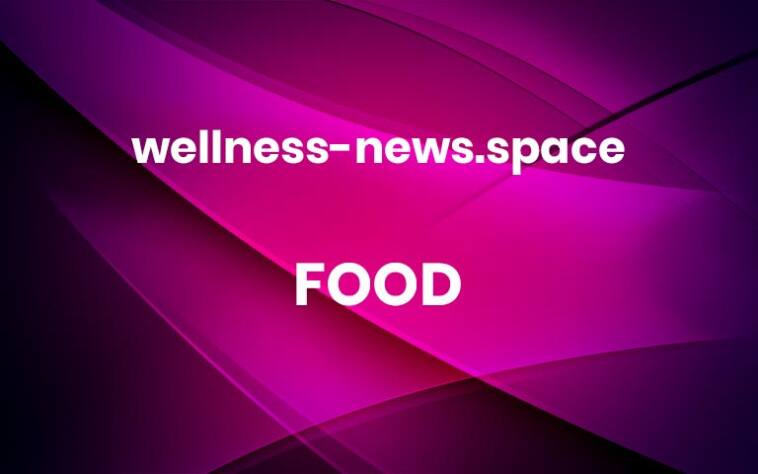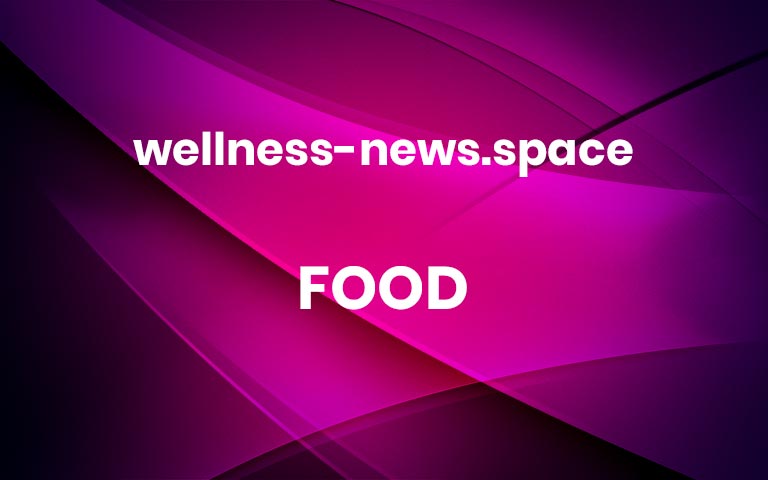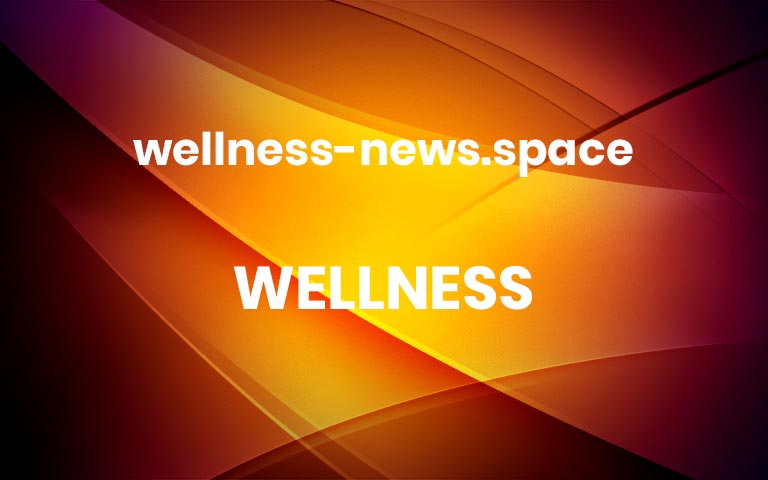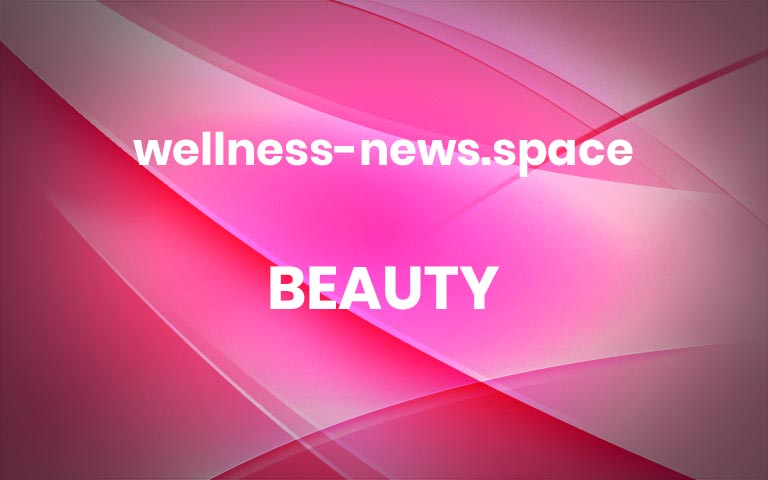Perfect Vegan Potato Salad: Creamy, Easy & Ready In 30 Minutes!
Tender chunks of potatoes in a yummy creamy dressing, with just the right amount of crunch and tanginess! This Vegan Potato Salad is easy to make — ahead of time too — making it the perfect option for picnics, barbecues and potlucks.
This vegan potato salad delivers all the creamy, tangy flavors you crave with tender waxy potatoes, crisp vegetables, and a perfectly seasoned egg-free dressing. Ready in just 30 minutes, it’s your new go-to side dish for any gathering.
Why You’ll Love This Vegan Potato Salad
I don’t think I’ve ever actually met anyone who didn’t like potato salad – and I don’t think I’ve ever met a potato salad I didn’t like either! Although I must confess that I have a sweet spot for the classic version, with tender chunks of perfectly cooked potatoes swimming in a creamy, tangy dressing that’s brightened with crunchy celery and tangy dill pickles.
But you know what? As simple a dish as potato salad can be, it’s still fairly easy to mess things up. But with just a few very simple pointers, you’ll be able to avoid common mistakes and learn how to get it perfectly right, every single time!
What Makes This Vegan Potato Salad Recipe Works
The secret to incredible potato salad lies in three crucial elements:
1. Using Waxy Potatoes: New potatoes and other waxy varieties have firm, creamy flesh that holds its shape beautifully when cooked. Their low starch content means they won’t fall apart or get mushy.
2. Cold Water Start: Beginning with cold, generously salted water ensures even cooking from the outside in. Starting with hot water causes the exterior to overcook before the center is done.
3. Complete Cooling: Adding dressing to hot potatoes causes the mayo to melt and separate. Properly cooled potatoes, to at least room temperature, absorb flavors while maintaining that perfect creamy texture.
Key Ingredients for Success
Potatoes:
New potatoes or waxy varieties (3 lbs) – The star of the show
Generous salt – For the cooking water (it should taste like the sea!)
Vegetables:
Celery (2 stalks) – Adds essential crunch
Red onion (1/2 medium) – Provides sharp flavor contrast
Dill pickles (1/2 cup chopped) – The tangy element that makes it sing
Creamy Dressing:
Vegan mayonnaise (1 cup) – The creamy base
Apple cider vinegar (2 tbsp) – Adds brightness
Dijon mustard (1 tbsp) – For depth and tang
Herbs and spices – Garlic powder, dill, chives, celery seed
Recipe Overview
Prep Time: 15 minutes
Cook Time: 10 minutes
Chill Time: 2+ hours (optional but recommended)
Total Time: 30 minutes (plus chilling)
Servings: 8-10 people
Difficulty: Easy
Make-Ahead: Yes, up to 3 days
THE SECRET IS IN THE… POTATOES!
First off, be sure to use the right potatoes for the task, in this case: waxy potatoes! These potatoes tend to be on the small side and have thin, smooth skin, so you don’t even need to peel them, although you could if you wanted to, but they would only lose flavor and nutrients. They also have a firm and creamy flesh, and since waxy potatoes are relatively low in starch and high in moisture, their cells remain intact when cooked, which causes them to hold their shape very well when boiled or baked.
Also, just like pasta, potatoes absorb water — and salt — as they cook. Adding plenty of salt to the cooking water will ensure that every single starch particle in the potatoes gets infused with salt, resulting in a potato salad that’s well and evenly seasoned. How much salt should you add to your water, you ask? Enough that it tastes like the sea, is what I say.
Additionally, starting the potatoes in cold water will ensure that they cook evenly. If you were to start them in hot or boiling water, the outside would most likely fall apart before the center has had a chance to completely cook. This would result in a potato salad filled with hard lumps of potatoes covered in mush. Not my idea of a great potato salad!
How to Make Vegan Potato Salad
Step 1: Prepare the Potatoes
Cut 3 pounds of waxy potatoes into bite-sized pieces (about 1-inch chunks). Rinse them well under cold water to remove excess starch and then put them in a large pot. Cover completely with COLD water and SALT generously. Add enough salt so the water tastes like the sea – this is crucial for well-seasoned potatoes throughout.
Step 2: Cook Perfectly
Bring to the boil then reduce to a rapid simmer. Cover that pot loosely and cook the potatoes until they are fork tender, about 10 minutes. Don’t overcook!
Step 3: Cool Completely
Once cooked, drain the potatoes and be sure to let them cool completely to at least room temperature. → Adding mayonnaise to hot potatoes would only cause it to melt and go all oily on you. No bueno!
In an ideal world, you would cook your potatoes at least a few hours ahead so they have plenty of time to cool down. But if this was not an option, don’t despair: all is not lost! To cool your potatoes in a pinch, arrange them in a single layer on a baking sheet and place them in the freezer for about 10 minutes.
Step 4: Make the Dressing
While your potatoes are chillin’, take the opportunity to chop your celery, onion and pickles, and then make that super yummy creamy dressing. Simply combine a cup of vegan mayonnaise, some apple cider vinegar, Dijon mustard and a few herbs and spices (listed below in the recipe card) in a medium bowl and give all that a good whisk.
Step 7: Combine and Toss
When the potatoes are good and cold, place them in a large mixing bowl, along with the celery, onion and pickles, and then pour in that super yummy creamy dressing.
Toss very delicately until all the potatoes are well coated and all those ingredients are evenly distributed.
Technically, your potato salad is now ready to be served, but if time permits, you should definitely place it in the fridge for a few hours to give all those tasty flavors a chance to mingle and meld.
Serving Recommendations
This vegan potato salad is incredibly versatile and pairs beautifully with:
Grilled vegetables and plant-based burgers at summer BBQs
Fresh corn on the cob and coleslaw for the perfect picnic spread
Sandwiches and wraps as a satisfying side
Grain bowls for added heartiness
Holiday gatherings alongside other classic sides
Perfect for Outdoor Events: Unlike traditional potato salad, this vegan version is much safer for potlucks, picnics, and BBQs where food sits out for extended periods. Since it contains no eggs or dairy products, there’s less risk of foodborne illness when left unrefrigerated for several hours.
Serve chilled or at room temperature. Garnish with fresh dill sprigs or a sprinkle of paprika for extra color.
Nutritional Benefits
This vegan potato salad offers impressive nutritional value:
Rich in Complex Carbohydrates: Potatoes provide sustained energy and fiber for digestive health.
Heart-Healthy Fats: Plant-based mayonnaise delivers beneficial fats without cholesterol.
Vitamin Powerhouse: Potatoes are excellent sources of vitamin C, potassium, and B6.
Antioxidant Support: Onions and herbs provide flavonoids and anti-inflammatory compounds.
Digestive Benefits: The fiber from vegetables and potato skins supports gut health.
Expert Tips for Perfect Results Every Time
Potato Perfection:
Choose waxy potatoes like new potatoes, Yukon Gold, or red potatoes
Keep skins on for extra flavor, texture, and nutrients
Don’t skip the generous salting of cooking water
Test doneness with a fork – they should pierce easily but not fall apart
Texture Tips:
Cool potatoes completely to at least room temperature before dressing to prevent mayo from separating
Fold ingredients gently to maintain potato shape
For extra flavor absorption, dress slightly warm (not hot) potatoes
Make-Ahead Magic:
Cook potatoes up to 2-3 days in advance
Assemble salad morning-of for same-day serving
Add extra mayo if needed after chilling, as potatoes absorb dressing
Storage Success:
Store covered in refrigerator up to 4 days
Bring to room temperature 30 minutes before serving for best flavor
Don’t freeze – texture will become watery
Troubleshooting Common Issues
Problem: Mushy, falling-apart potatoes Solution: Use waxy potatoes, start with cold water, and don’t overcook. Test frequently after 8 minutes.
Problem: Bland, underseasoned saladSolution: Salt the cooking water generously and taste/adjust dressing seasoning before serving.
Problem: Oily, separated dressing Solution: Ensure potatoes are completely cool to at least room temperature before adding dressing. If separation occurs, gently fold in more mayo.
Problem: Watery salad after storage Solution: This usually means potatoes weren’t fully cooled and dried before dressing, or were rinsed with cold water. Properly cooled, dry potatoes shouldn’t release excess moisture.
Problem: Too dry after chilling Solution: Potatoes absorb dressing over time. Add a few tablespoons of additional mayo and gently fold in.
Frequently Asked Questions
Q: Can I make this potato salad ahead of time? A: Absolutely! It’s actually better when made 2-4 hours ahead to allow flavors to meld. You can prepare it up to 2-3 days in advance.
Q: What’s the best vegan mayo to use? A: Homemade vegan mayonnaise works best, but any high-quality vegan mayonnaise would do. Choose one with good flavor and stability.
Q: Do I need to peel the potatoes? A: No! Waxy potato skins are thin and tender. Leaving them on adds flavor, texture, and nutrients. Just scrub them clean before cutting.
Q: How long does leftover potato salad keep? A: Store covered in the refrigerator for up to 4 days. The flavor often improves after a day or two as ingredients meld.
Q: Can I freeze potato salad? A: Not recommended. The mayonnaise and potato texture become watery and unappetizing when frozen and thawed.
Q: What if I don’t have dill pickles? A: Sweet pickles work but change the flavor profile. For similar tang without pickles, add extra apple cider vinegar and some capers.
Q: Is this recipe gluten-free? A: Yes, as long as your vegan mayonnaise is certified gluten-free. Always check labels to be sure.
The Bottom Line
This vegan potato salad proves that plant-based versions can be every bit as satisfying as traditional recipes. By focusing on proper technique – using the right potatoes, salting the cooking water generously, and allowing complete cooling – you’ll achieve that perfect balance of creamy, tangy, and satisfying that makes potato salad irresistible.
Whether you’re hosting a summer BBQ, attending a potluck, or simply wanting a comforting side dish, this recipe delivers consistent results that please vegans and omnivores alike. The make-ahead nature makes it perfect for meal prep and busy entertaining schedules.
Ready to make the best vegan potato salad of your life? Let’s get cooking!
Vegan Potato Salad
This vegan potato salad delivers all the creamy, tangy flavors you crave with tender waxy potatoes, crisp vegetables, and a perfectly seasoned dairy-free dressing. Ready in just 30 minutes, it’s your new go-to side dish for any gathering.
Servings: 8
US Customary – Metric3 lb new potatoes (or other waxy potato variety), cut into 1″ pieces2 stalks celery, sliced1/2 of a medium red onion, finely chopped (about 1/2 cup)1/2 cup chopped dill pickles, about 2 mediumFor the creamy dressing
Prep potatoes: Cut potatoes into bite-sized pieces and rinse well.Cook potatoes: Place in large pot, cover with cold water, and salt generously (water should taste like the sea). Bring to boil, reduce to rapid simmer, cover loosely, and cook 10 minutes until fork-tender.Cool to room temperature: Drain and let cool to room temperature (spread on baking sheet and freeze 10 minutes for quick cooling if needed).Make dressing: While potatoes cool, whisk all dressing ingredients in medium bowl until smooth.Prep vegetables: Slice celery, chop onion finely, and chop pickles.Combine: When the potatoes are cold, place them in a large mixing bowl with vegetables and dressing and toss gently until well coated.Chill and serve: Serve immediately or refrigerate for a few hours for best flavor. Can be made up to 3 days ahead.
Use waxy potatoes (new potatoes, Yukon Gold, or red potatoes) for best texture
Don’t skip salting the cooking water generously – this seasons the potatoes throughout
Store covered in refrigerator up to 4 days
May need to add extra mayo after chilling as potatoes absorb dressing
Calories: 321kcal, Carbohydrates: 34g, Protein: 4g, Fat: 18g, Saturated Fat: 2g, Sodium: 417mg, Potassium: 757mg, Fiber: 4g, Sugar: 2g, Vitamin A: 470IU, Vitamin C: 38mg, Calcium: 35mg, Iron: 2mg
If you’ve tried this recipe, please take a minute to rate the recipe and let me know how things went for you in the comments below. It’s always such a pleasure to hear from you!
You can also FOLLOW ME on PINTEREST, FACEBOOK, INSTAGRAM and TWITTER for more delicious, healthy recipes!
This recipe was originally posted in July of 2020 but has since been updated for clarity and providing valuable additional information. The recipe itself has remained unchanged.
398
shares More





